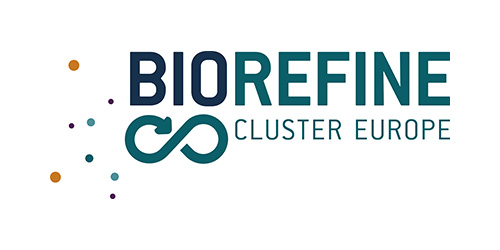13. Floating wetland plants grown on liquid agro-residues as a new source of proteins
RL5: Novel animal feeds produced from agro-residue
Responsible partner: Inagro & University of Ghent,
Country: Ghent & Rumbeke-Beitem BELGIUM
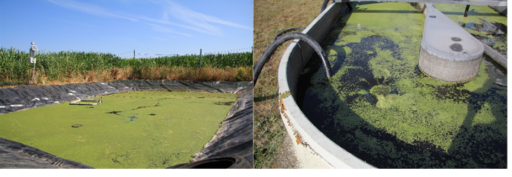
TRL and Scale of set up:
This demo is considered at TRL 6 with an outdoor academic setup of cultivation area of 1 m² and consists of three identical units to allow statistical analysis. Meanwhile, the pilot-scale is used at a large scale, with a cultivation area of 140 m².
Research line and priority:
This demo solution is linked to Nutri2Cycle research line 5 (RL-5: Novel animal feeds produced from agro-residue) and is one of the shortlist priority solutions i.e. sub-research line 12 (Floating wetland plants grown on liquid agro-residues as a new source of proteins).
Description of demo investigation:
The potential of Lemna minor to valorise agricultural wastewater into a protein-rich feed component is investigated within this demo case to meet the growing demand for animal feed protein and reduce the excess of nutrients in certain European regions. Therefore, different cultivation units are executed within Nutri2Cycle. First, a cultivation pond of 140 m² is supplied with biological effluent and liquid fraction of the pig manure treatment facility of IVACO (Eernegem, Belgium). Secondly, a raceway pond with a cultivation area of 32 m² is supplied with effluent from the pikeperch production. These two pilots provide a production capacity of several kilograms per week, which allows using the duckweed for several experiments. First, duckweed from the raceway pond was supplied for a broiler feeding test at Hochschule Onsebrück. Then, the same was done at the pilot of Ivaco. The third set-up is at a semi-pilot scale and is designed to execute academic-grade outdoor experiments. This consists of three identical systems of each 1 m² of cultivation area. The systems are fed with a mixture of the liquid fraction and the biological effluent of a swine manure treatment system diluted with rainwater that the weekly N and P addition was equal to the N and P removal by the system. The design tests the accumulation of elements in a continuous recirculation system. Potassium, Cl, S, Ca, and Mg are abundantly available in the swine manure wastewaters and tended to accumulate, being a possible cause of concern for long-operating recirculation systems. The harvested duckweed is characterized for its mineral composition and protein content. In animal husbandry, trace elements are specifically added to animal feed as micronutrients and, thus, feedstuffs biofortified with essential trace elements can provide added value. Duckweed grown on the tested mixture of swine manure waste streams could be considered as a source of Mn, Zn, and Fe for swine feed, while it is not a source of Cu for swine feed. Moreover, it is observed that As, Cd, and Pb content were below the limits of the feed Directive 2002/32/EC in the duckweed grown on the tested medium. Overall, these results demonstrate that duckweed can effectively remove nutrients from agriculture wastewaters in a recirculated system while producing a feed source with a protein content of 35% DM.
How it addresses the Nutri2Cycle goals:
In this demo, a liquid fraction and biological effluent from the pig manure treatment facility which is rich in N and P was used as a nutrient source for duckweed. During this process, N is removed from the medium due to (de-)nitrification and plant uptake, while P is removed by sedimentation and plant uptake. Also, other nutrients are taken up by the plant. These are potentially recovered within the livestock sector if the plant biomass is harvested and supplied as a feed ingredient for animals. Even more, the harvested plant can be considered a protein rich ingredient.
Infographic
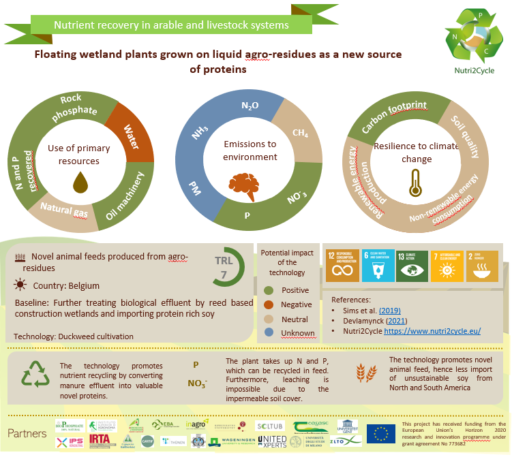
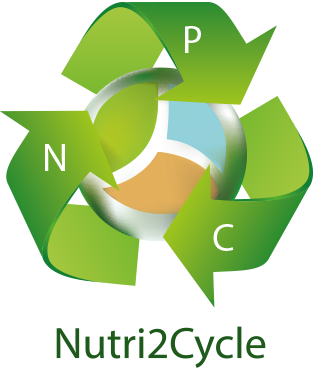
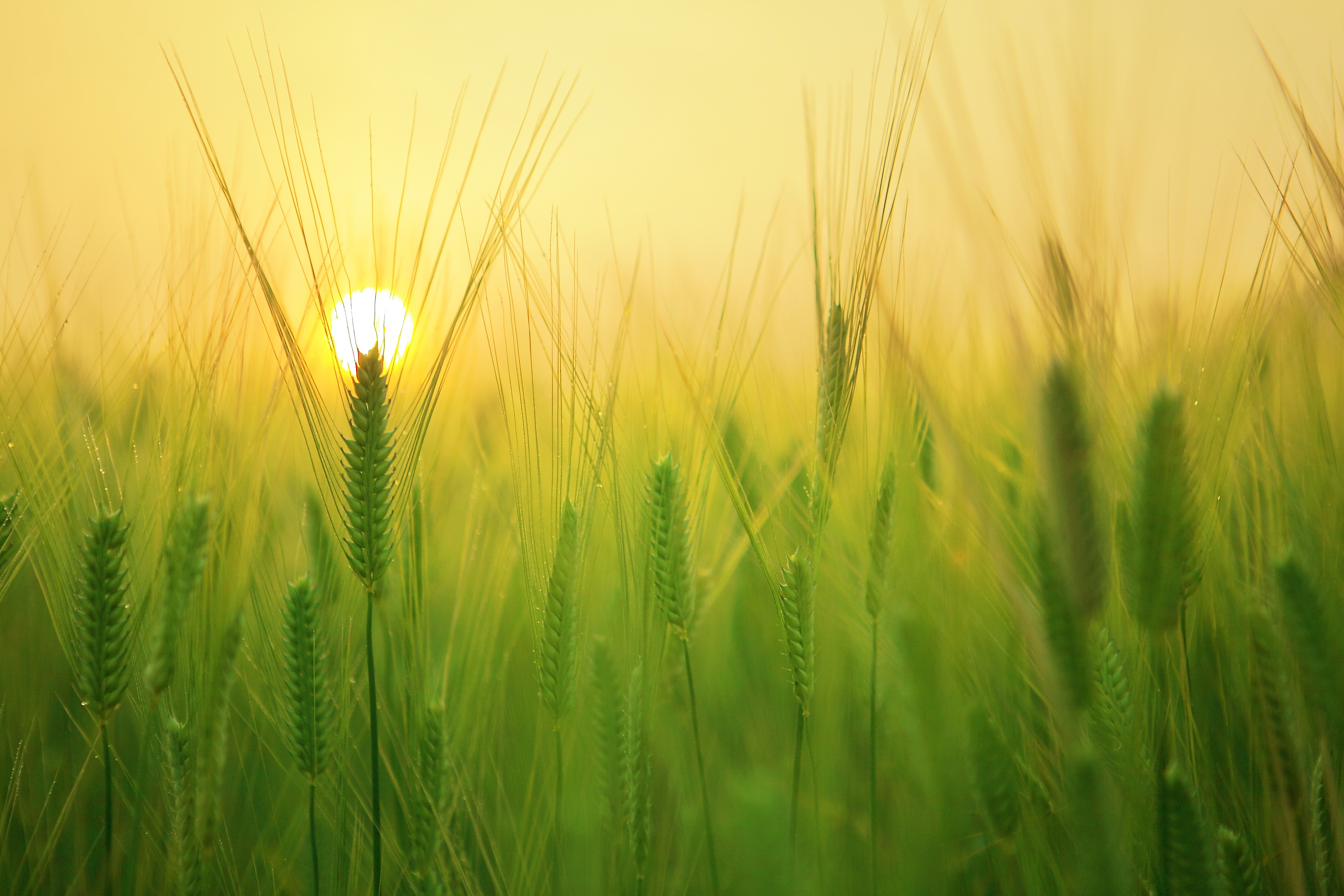
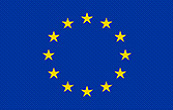 This project has received funding from the European Union’s Horizon 2020
This project has received funding from the European Union’s Horizon 2020